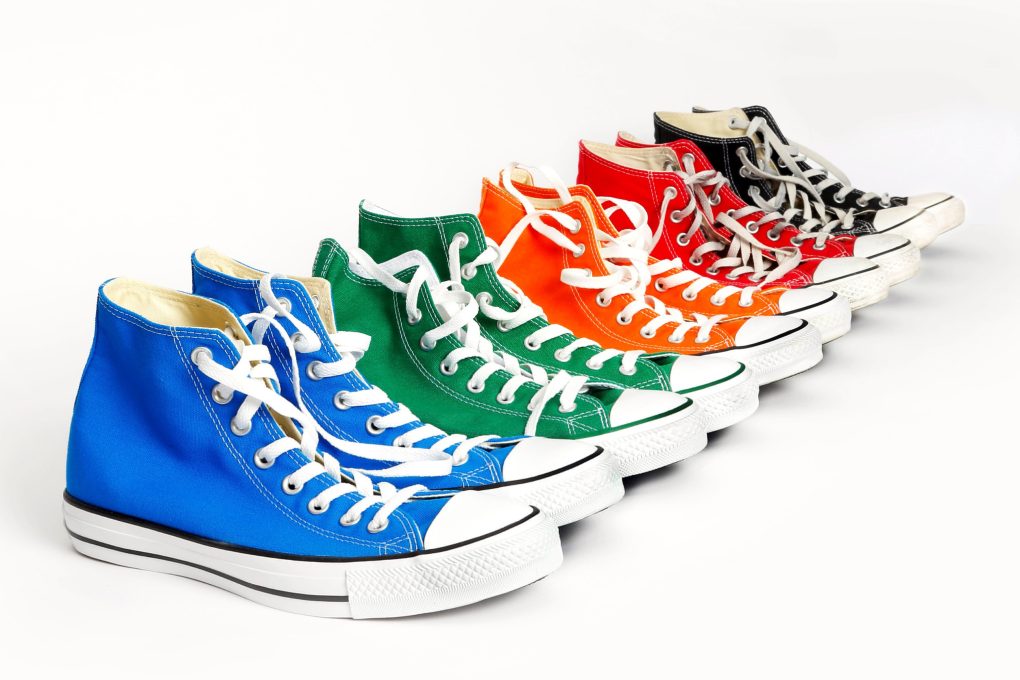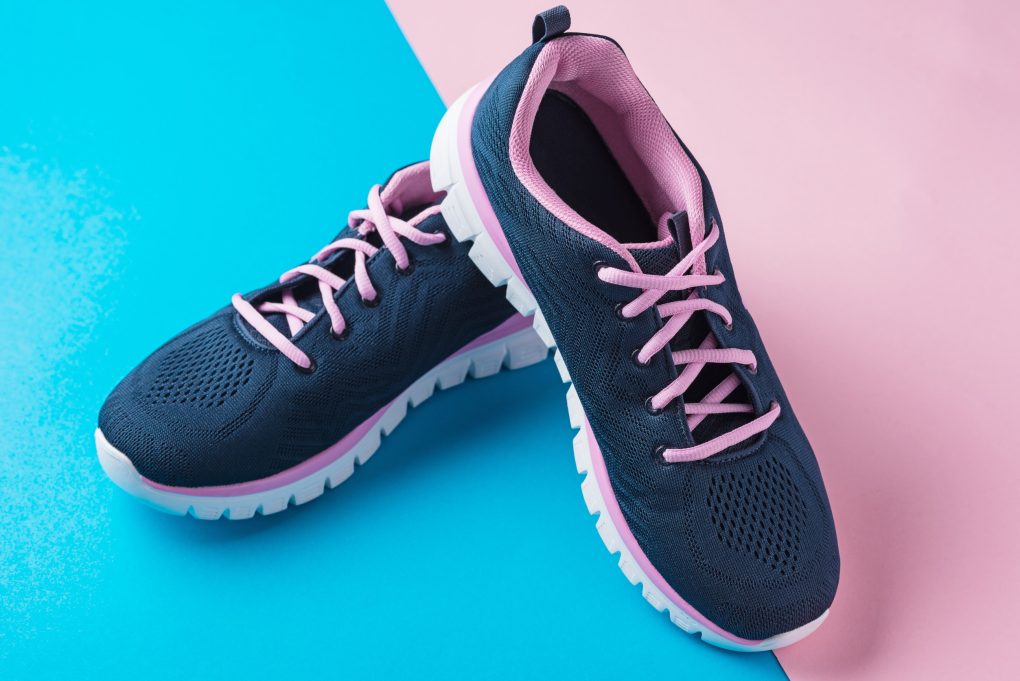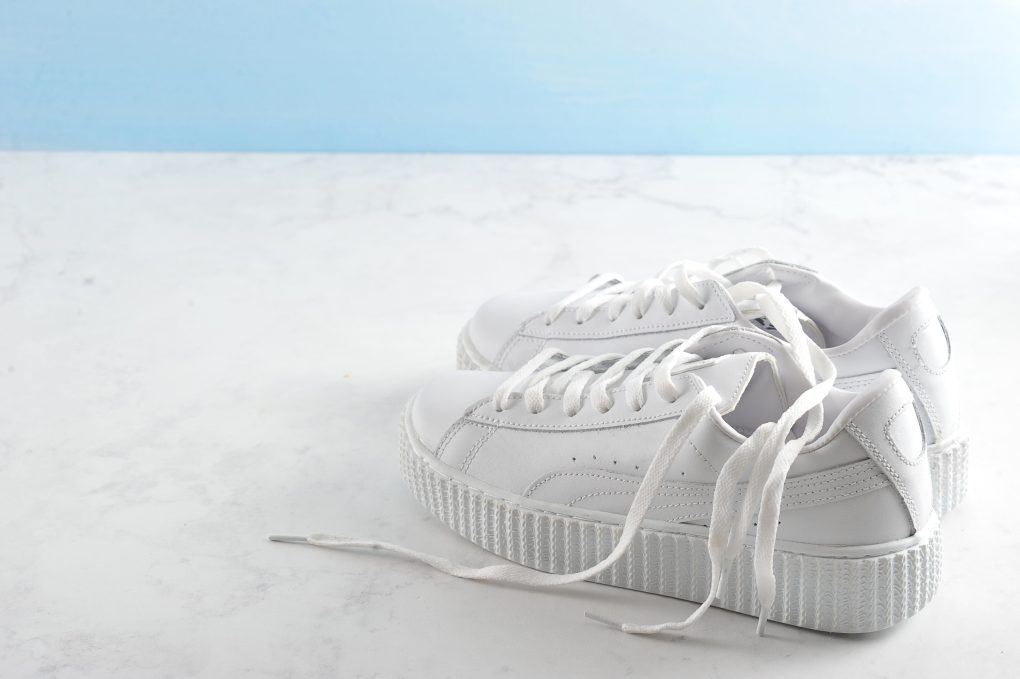Is Shoe Size in Inches: Quick Guide in Shoe Measuring
Yes, shoe sizes are in inches. However, they may differ depending on which country you are in and which size chart you are using. Many different charts are available online, and it’s essential to find the right one that fits your feet correctly. Make sure that you are wearing the right size of shoes for the activity you intend to do.
Shoe Size Conversion Guide
US Shoe Size to EU
If you are in the US, buying shoes in US sizes are recommended. This is because shoe sizing in Europe can be quite different from what you’re used to – especially if you’re using UK or Euro measurements. You can also try on shoes in a store and see if they fit, as most stores have a size conversion chart.


US Shoe Size to the UK
When it comes to size, things can get confusing. That’s why we’ve put together this helpful guide on shoe sizing in the UK and the US. For example, if your US shoe size is 8, you would need to buy a 10 in the UK. There is no definitive answer, as different brands use different sizes in their products, so it’s always best to try them on before making a purchase!
Generally speaking, though, smaller shoes will be more comfortable than giant shoes (although there are exceptions, of course). So don’t fight against your instincts – go with what feels most comfortable!
US Shoe Size to Australia
When shopping for shoes in the US, it is essential to know your shoe size in inches. The Australian shoe sizes are different, so checking the conversion chart below is necessary. You can also use this chart as a reference when buying shoes online or in-store. Remember always to go up one size when converting from a US shoe size to an Australian one!
US Shoe Size to China
If you are planning to visit or live in China, it is essential to be aware of the different sizing systems used around the world. For example, the chart below can help you convert US shoe sizes to Chinese standards.
Note that Chinese sizes run a bit smaller than their American counterparts – so be sure to order half a size up from your usual size. If you have difficulty finding shoes that fit well, do not hesitate to contact us for assistance!
US Shoe Size to Mexico
When shopping for shoes in Mexico, it is essential to know the size conversion chart. This chart on most shoe stores’ websites lists the sizes in US and Mexican inch measurements. Most Mexican brands run smaller than US brands, so it is always a good idea to double-check before making a purchase! Ensure you order the correct size – even if your foot measures larger than average!
US Shoe Size to Vietnam
When buying shoes in Vietnam, figuring out which size will fit you best can be confusing. Remember that not all brands may have the exact sizing across different countries, so it’s always best to double-check with the retailer before making a purchase!
Also, note that some Vietnamese sizes might run more significantly than others within the same country – so err on caution and go up one-half inch rather than purchasing something that needs to fit better!
US Shoe Size to Japan


If you are in the US, it is essential to know your shoe size in inches because most brands do not carry sizes smaller than half. On the other hand, if you are in Japan and want to buy shoes from a store or online, there is no one-size-fits-all approach to shoe sizing, so you will need to find a chart that corresponds with your country’s sizing system.
Most Japanese shoe stores have separate sections for men’s and women’s shoes, making things easier. When buying shoes online, always ensure they fit well by considering your foot width and length – otherwise, you might end up walking around discomforted all day long!
Shoe Insole
Basics of Insoles
Insoles are an essential part of any shoe and should be measured regularly. Different types of insoles can be helpful in different situations, so it is necessary to find the right one for you. For example, compression insoles can help alleviate foot pain and migraines, while anti-fatigue insoles may help prevent tiredness after long periods of use. There are a few things to keep in mind when buying footwear insoles:
- Make sure to measure your feet properly using the UK, US, or Euro size chart, as this will ensure you get the correct size insole;
- Always store your footwear INSOLES inside their shoe box when not in use – they need to remain dry and free from moisture.
- Replace your insole every six months if you wear them frequently or if they show signs of wear & tear
Types of Insole
There are three types of insoles – comfort, molded, and custom. In accordance with Dick Sporting Goods, comfort insoles increase height. Molded insoles are made to provide help with flat feet. And custom insoles help with medical needs.
Insole Guide for Women and Men


Undoubtedly, shoe size is a hassle. However, with the help of this insole chart for women and men, sizing will no longer be an issue. First, get your shoe size in inches (to ensure accuracy). Next, find the corresponding inch size on the chart and compare it to your actual foot measurement (or use an online converter tool).
Choose the appropriate insole from the available options – it should fit snugly but not too tightly to cause pain or restrict blood flow. Try on a pair of shoes before buying them to ensure they do well!
Insole Guide for Kids
Regarding shoe size, the main thing you need to keep in mind is your child’s foot width. After measuring their foot at its widest point, ensure the shoe insole fits comfortably inside and provides adequate arch support.
For shoes with a side zipper, ensure the zipper opens from the top down so that it does not pinch or scratch the child’s skin. Finally, if you are looking for shoes with an adjustable strap, ensure it is long enough to be tightened securely around the ankle.